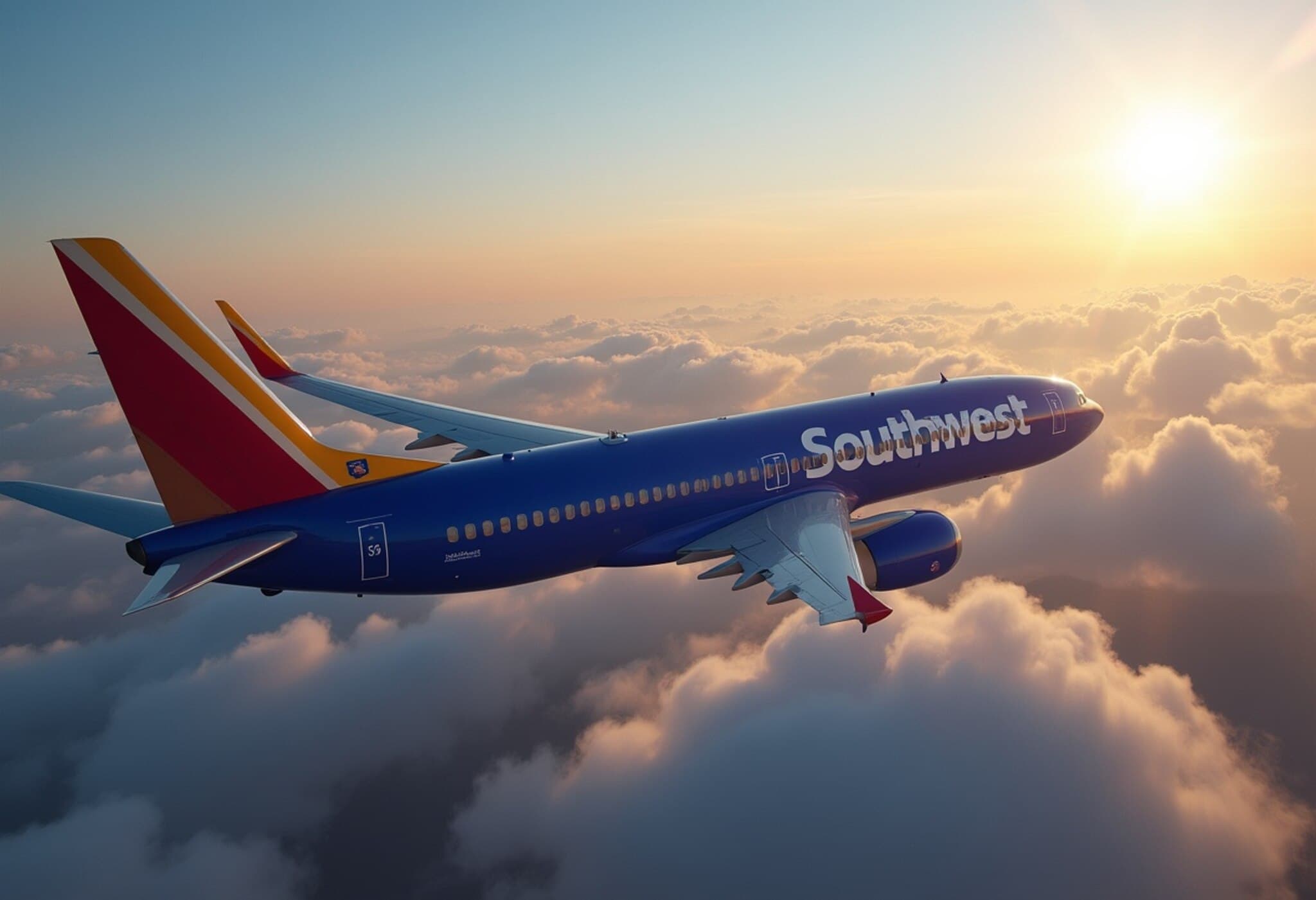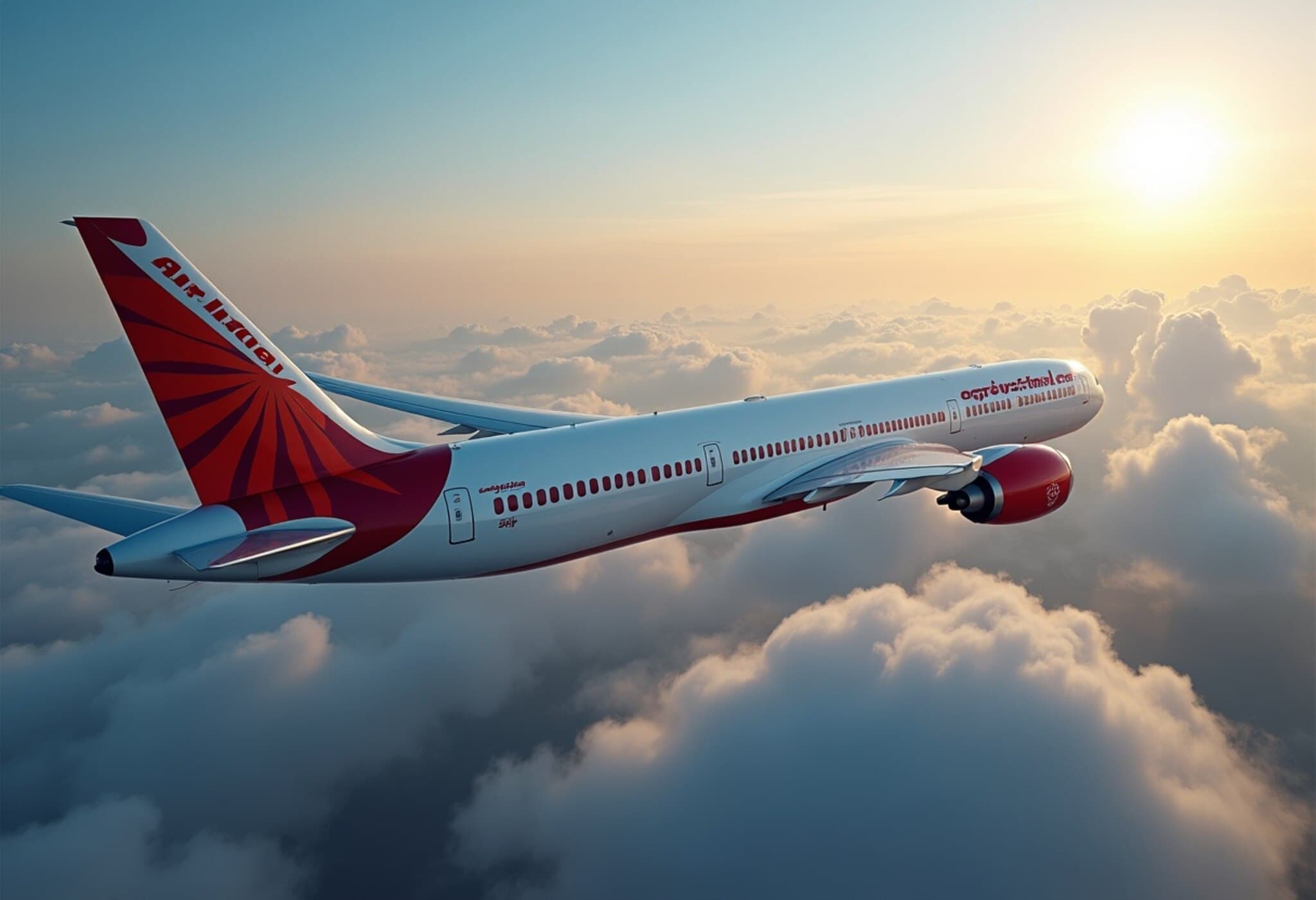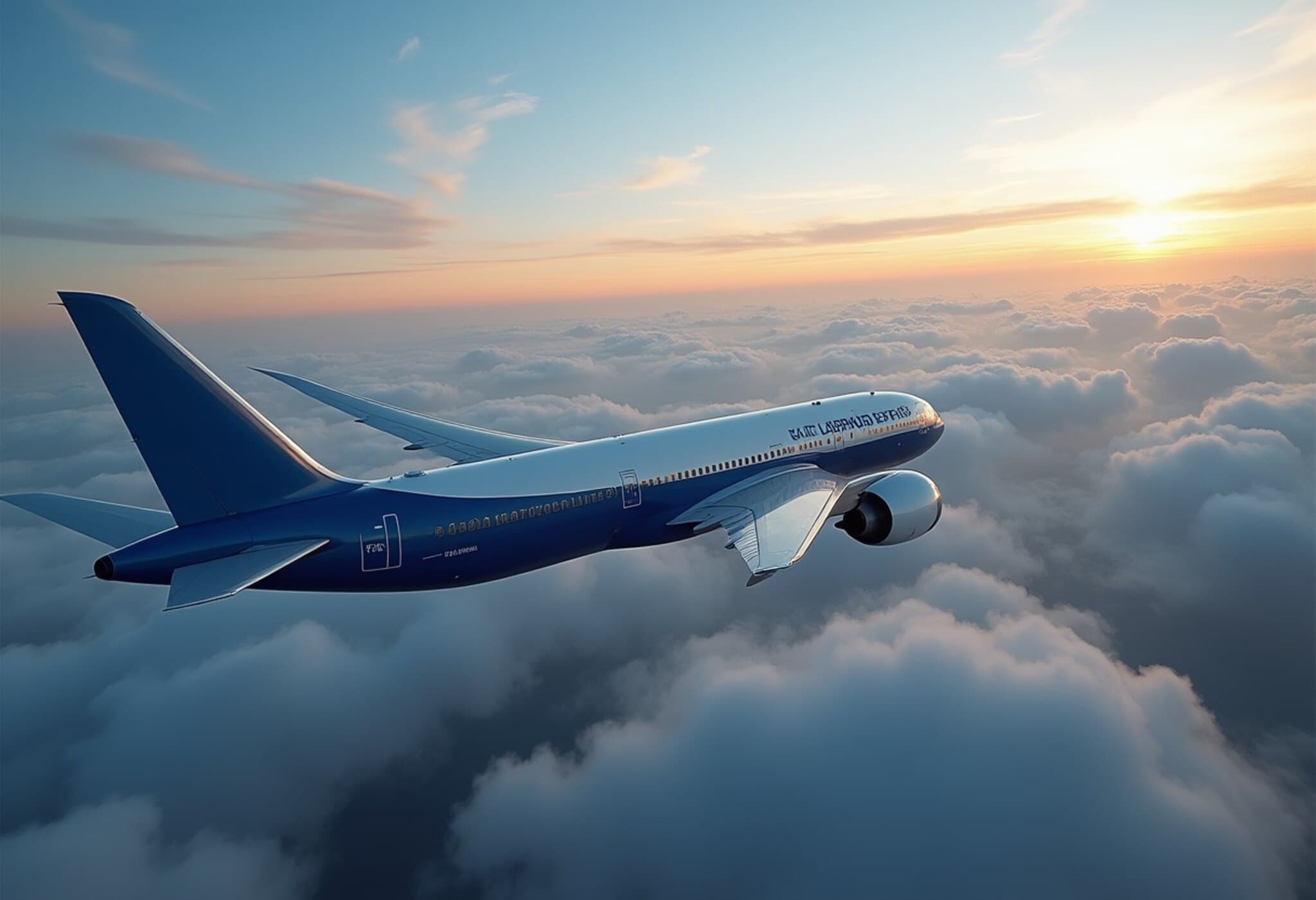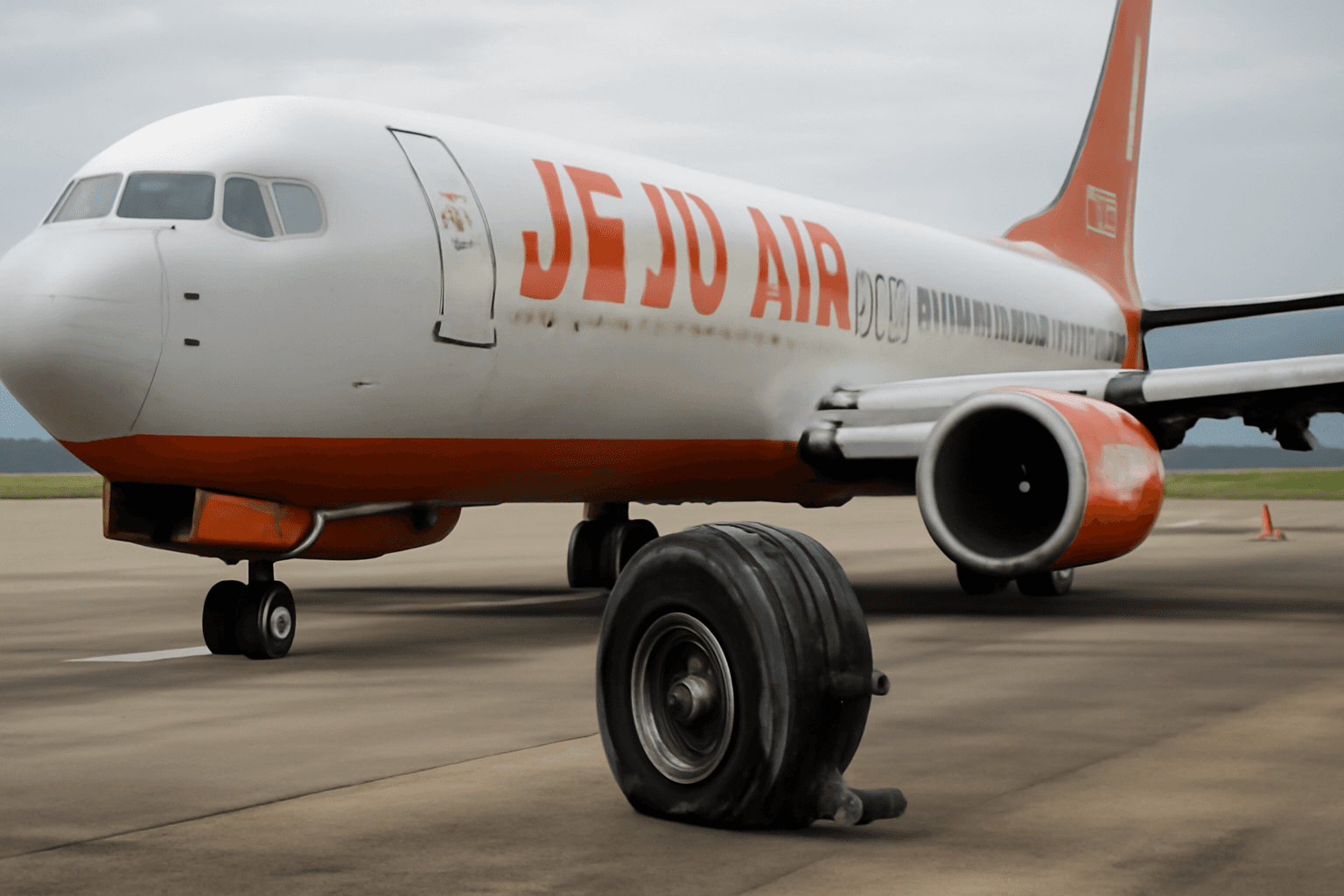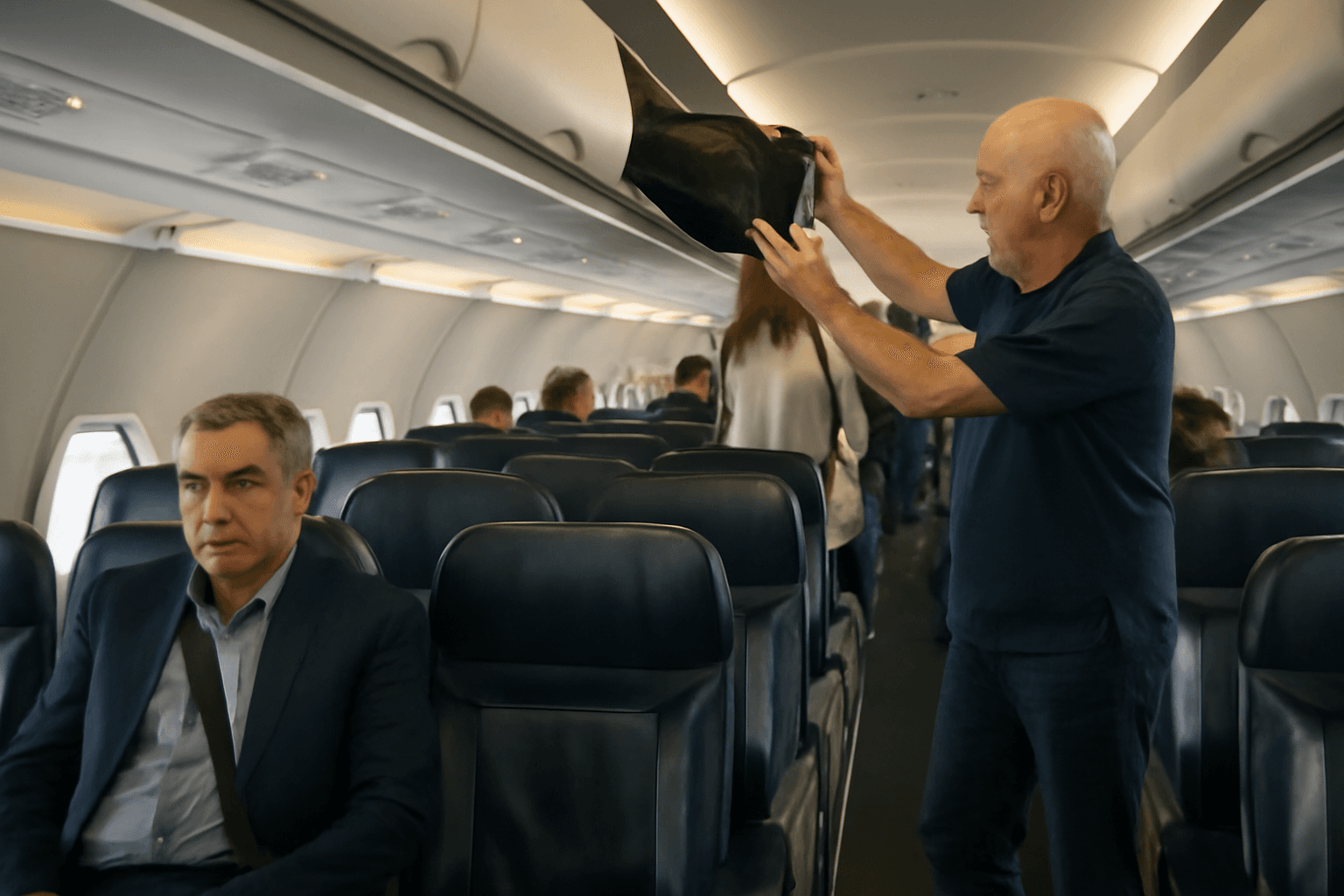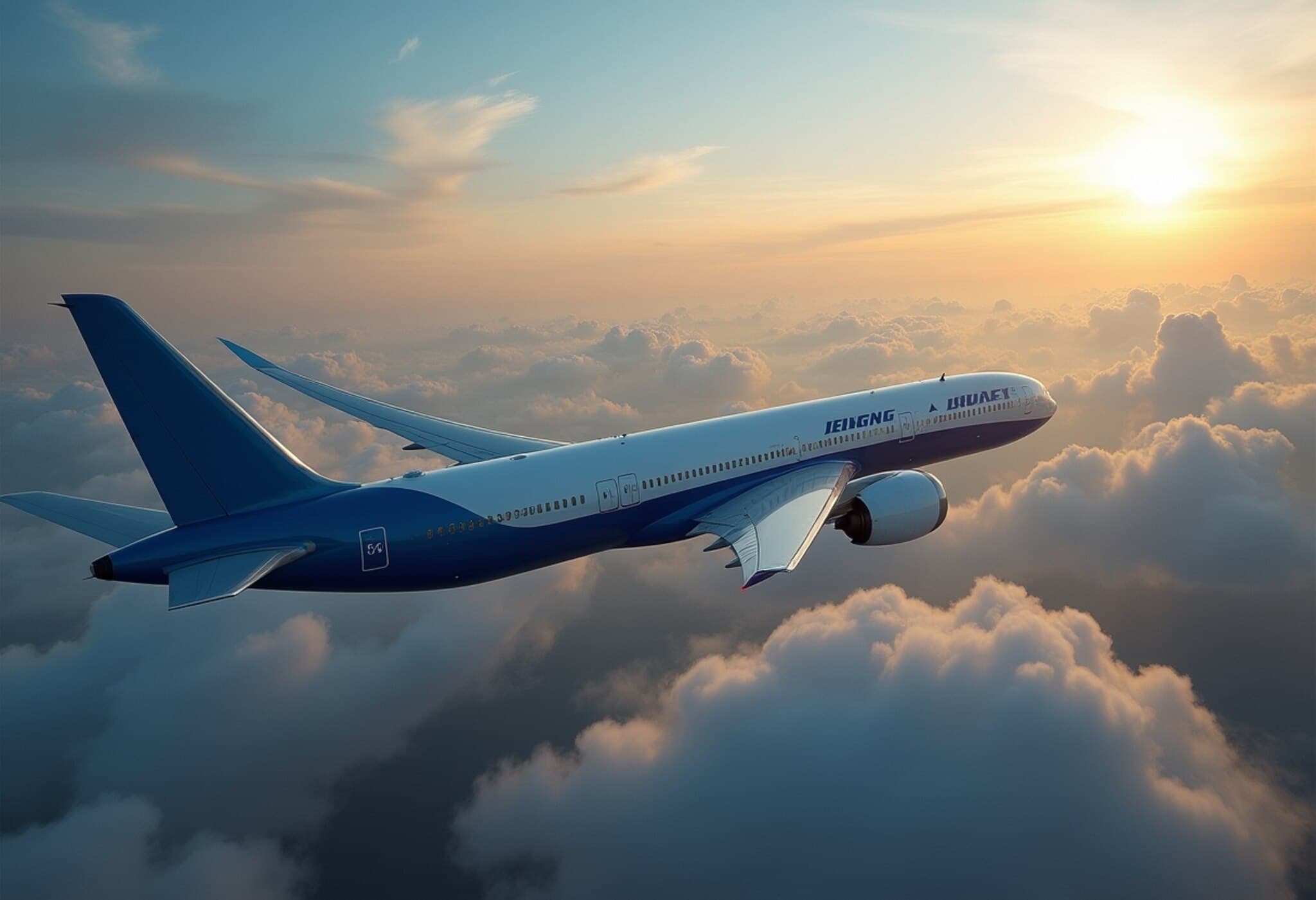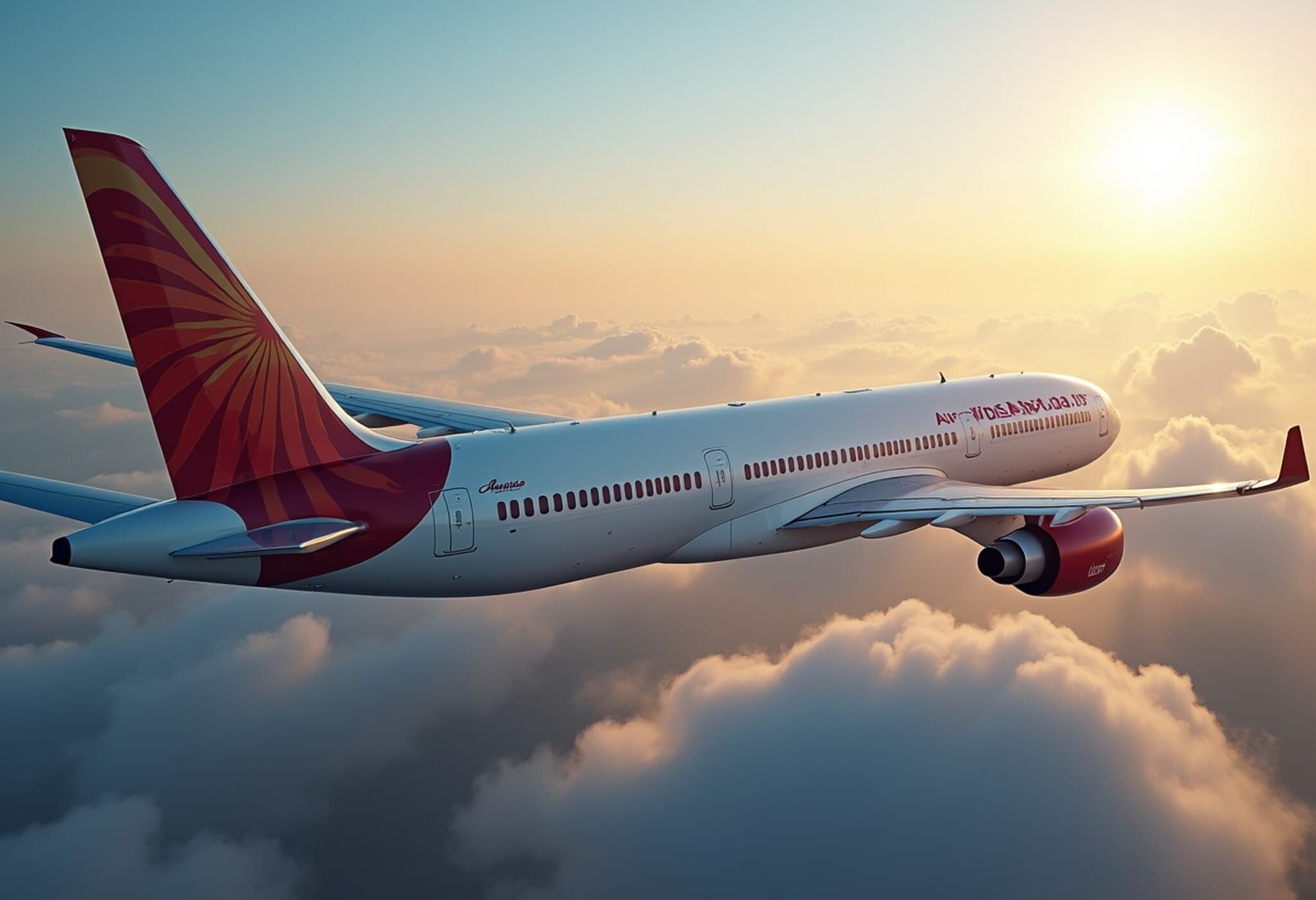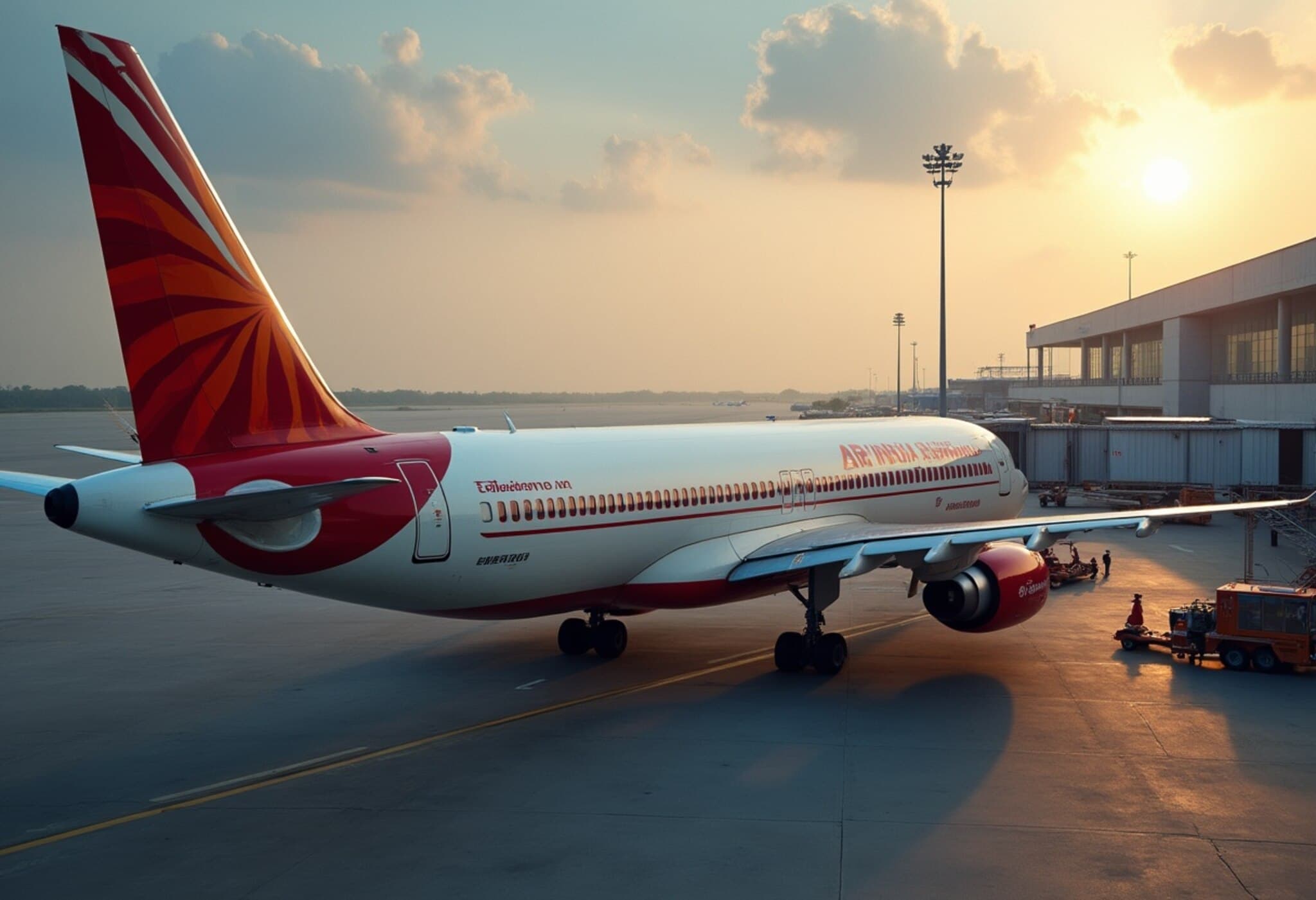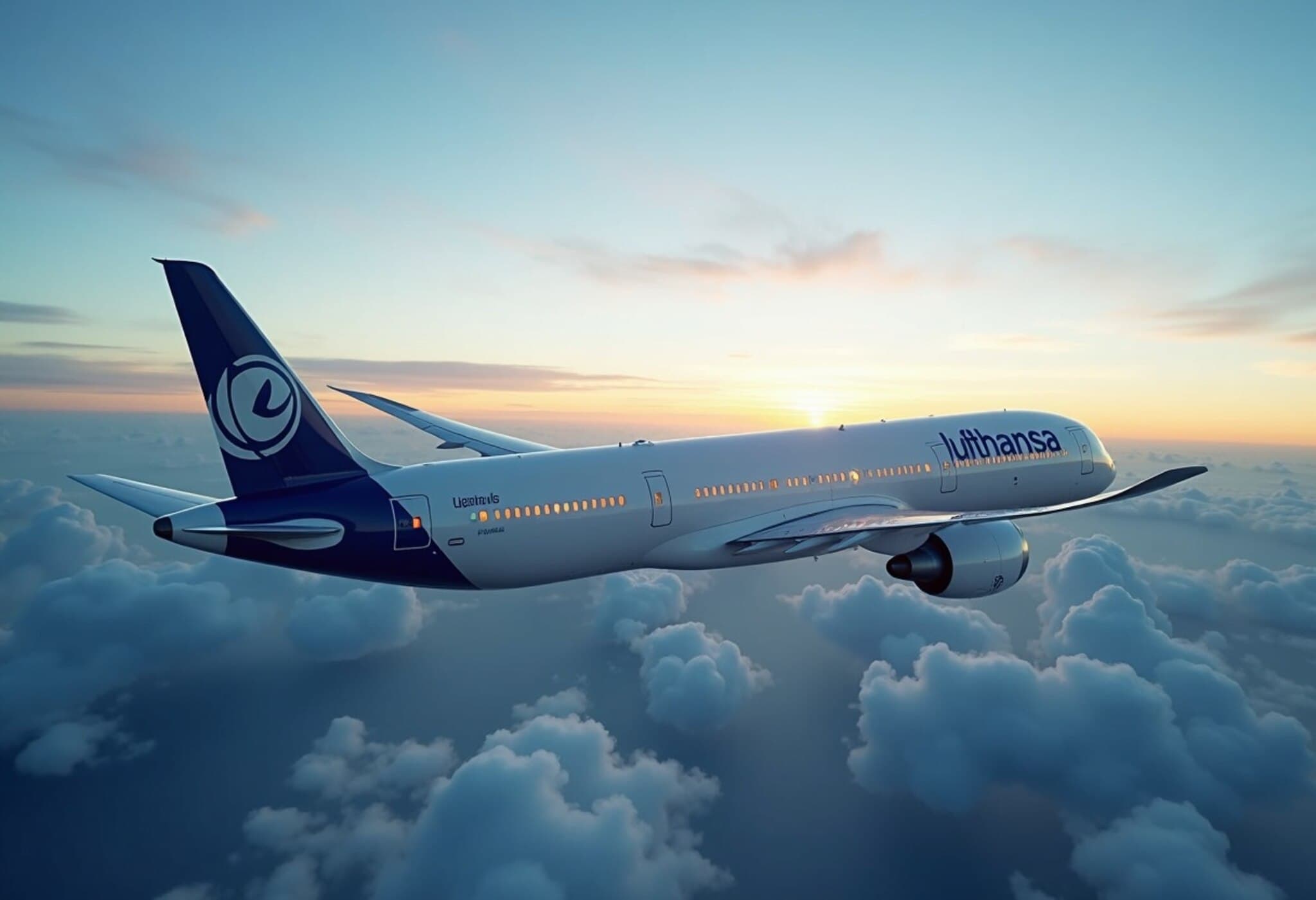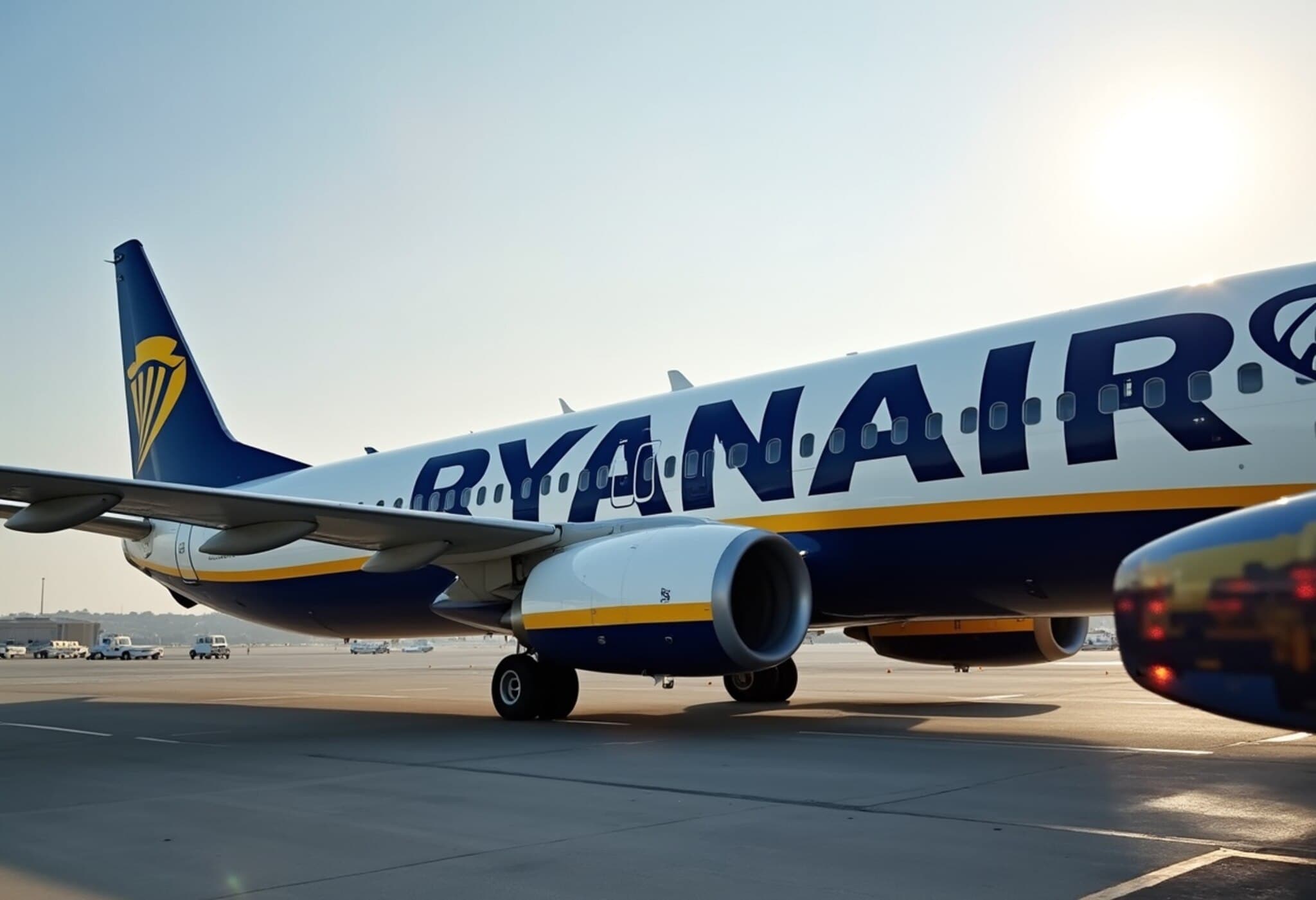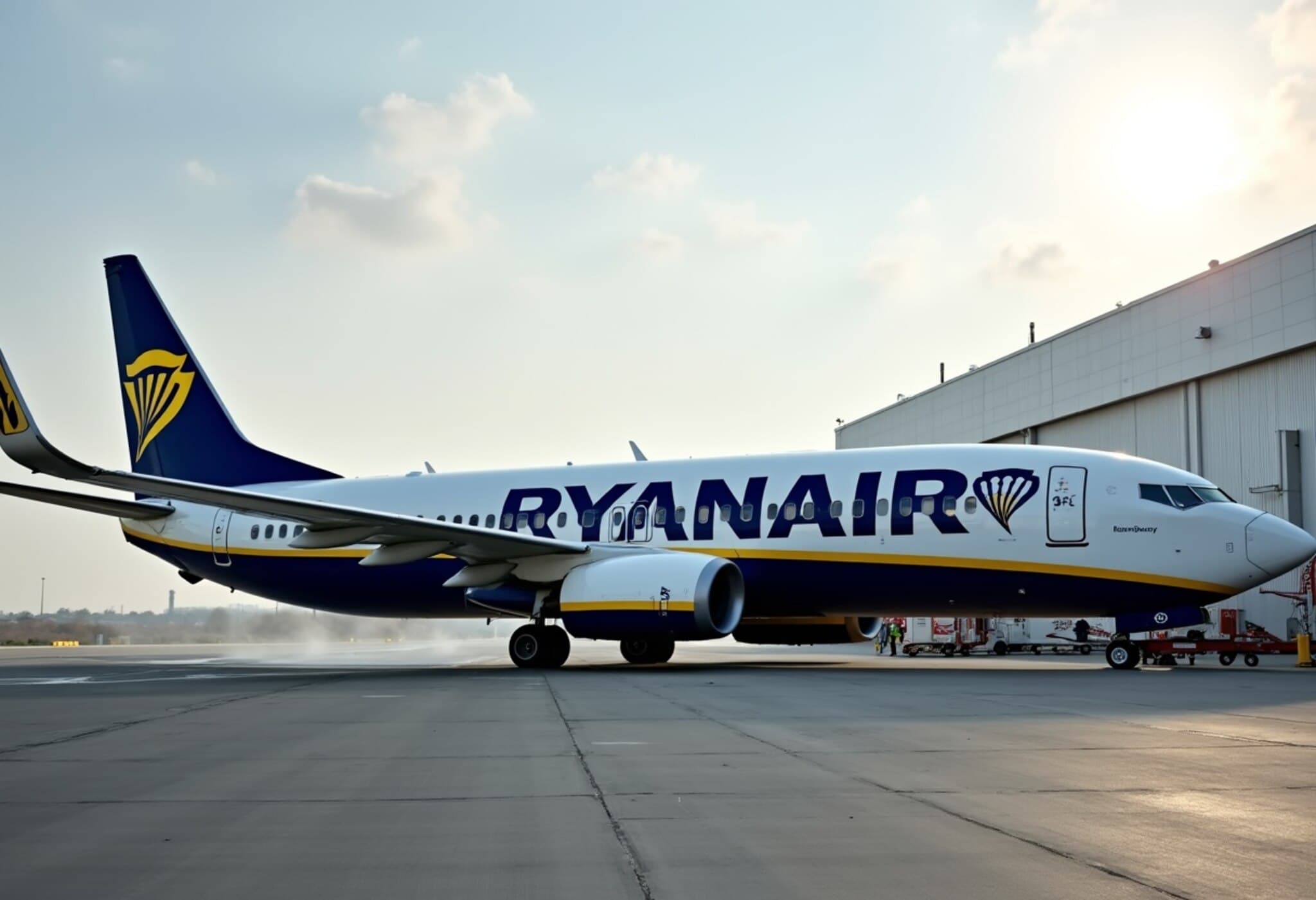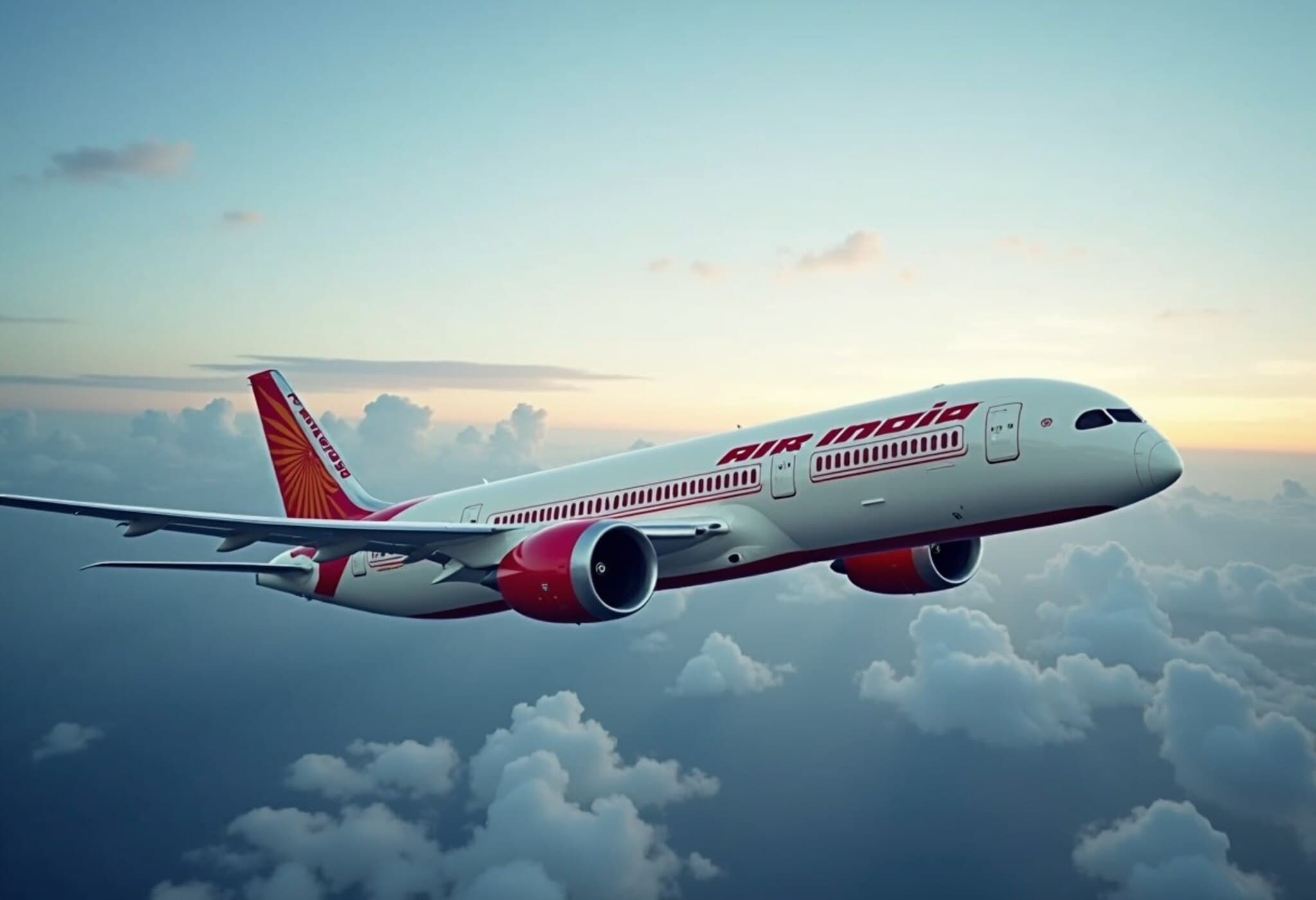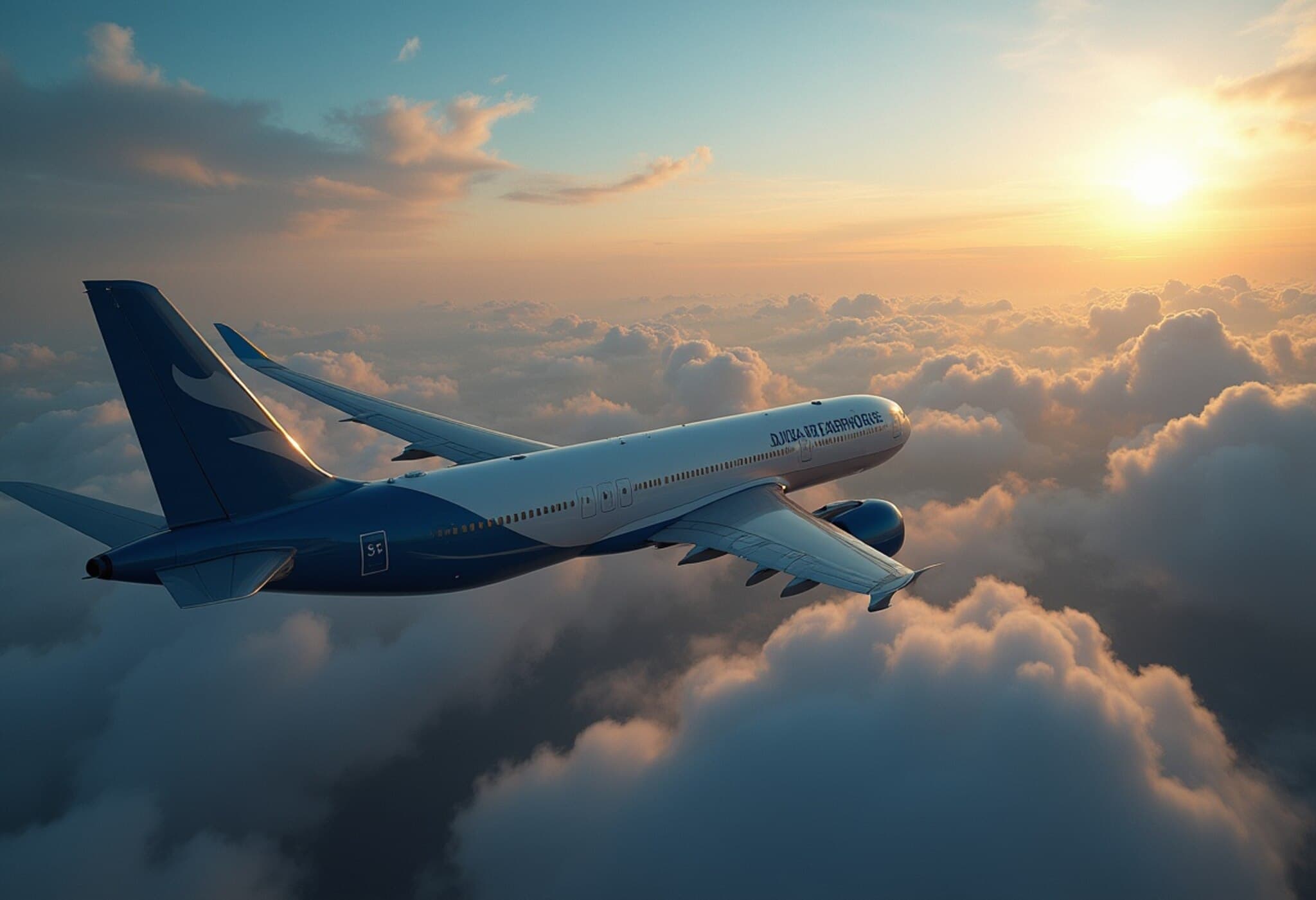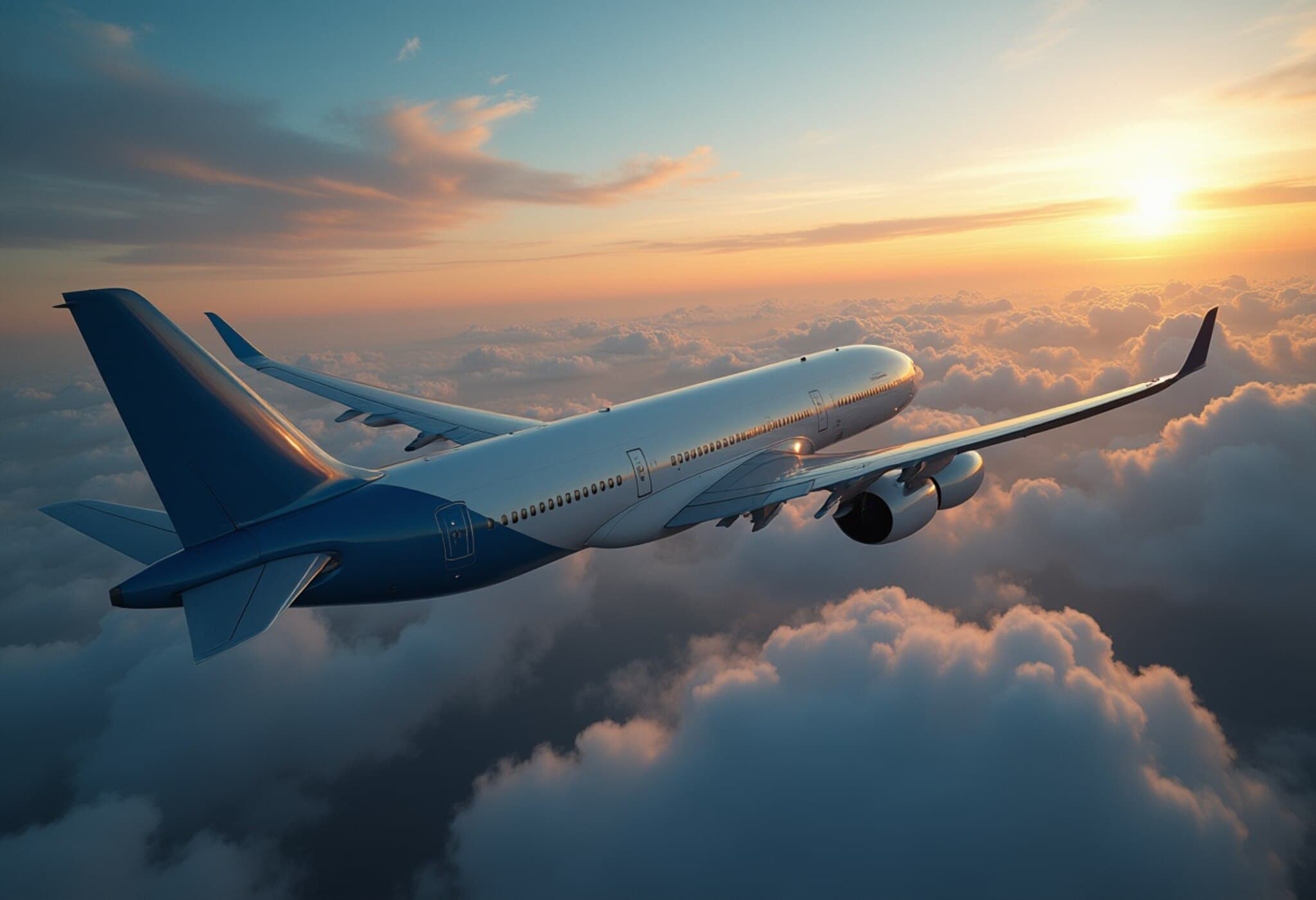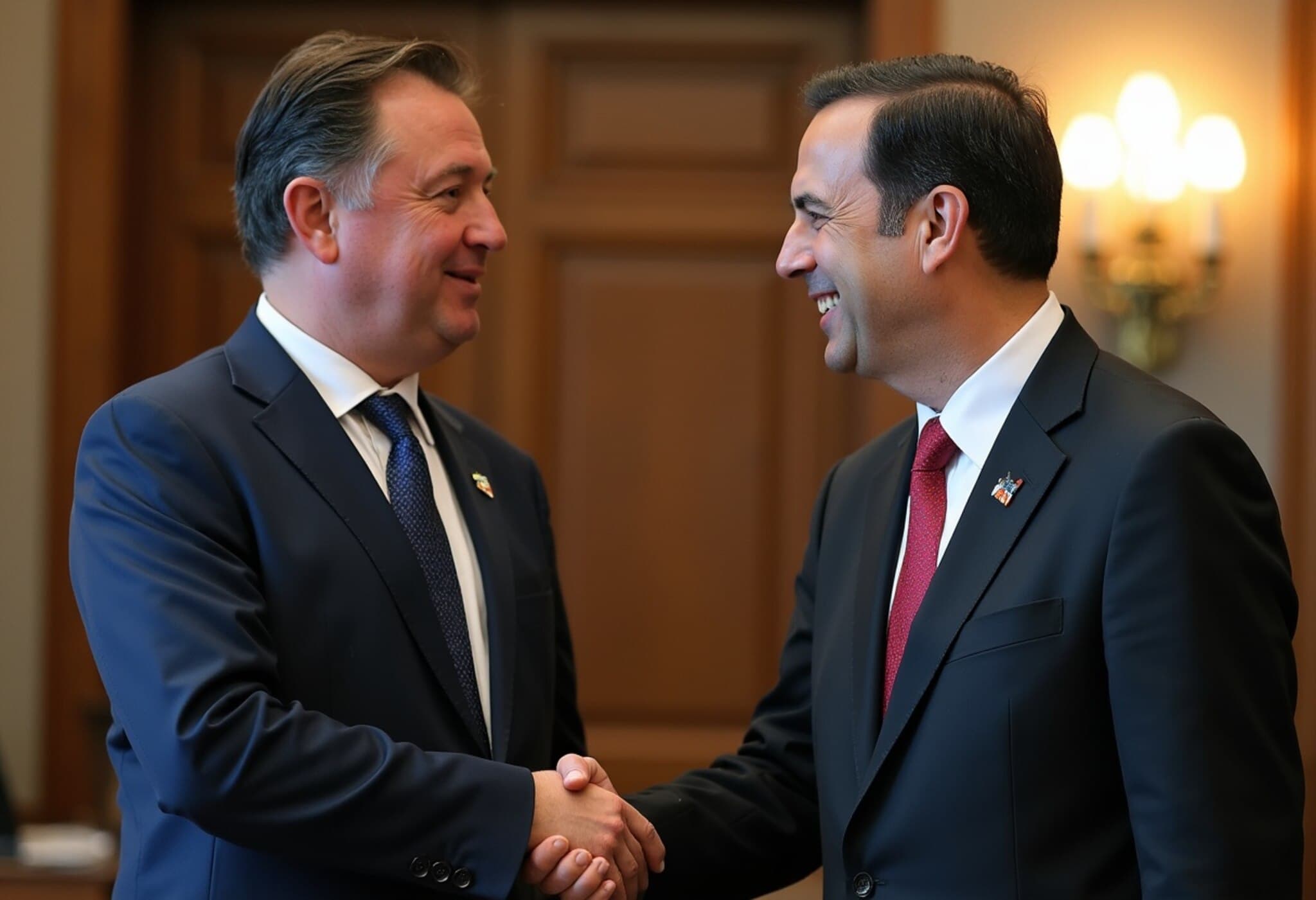Southwest Airlines Flight Makes Abrupt Descent After Midair Alert Near Burbank
In a startling event on July 26, 2025, Southwest Airlines Flight 1496, en route to Las Vegas from Southern California, took a sudden and dramatic plunge shortly after takeoff, responding to an onboard alert signaling the proximity of another aircraft. This unexpected maneuver injured two flight attendants and sparked immediate attention from aviation authorities and passengers alike.
Incident Overview and Passenger Accounts
Departing Hollywood Burbank Airport just before noon, Flight 1496 experienced a rapid altitude change driven by collision warnings. According to flight data from FlightAware, the aircraft dropped approximately 300 feet (about 91 meters) in just 36 seconds. Passengers recounted the unsettling experience on social media, describing a sudden drop soon after takeoff that added a layer of anxiety to the journey.
Comedian Jimmy Dore, among others, shared on X (formerly Twitter) that the pilot announced a collision warning and evasive action was necessary to avoid a potential midair conflict.
The Other Aircraft: A Hawker Hunter Mk. 58
Flight tracking data identified a British-made Hawker Hunter Mk. 58 fighter jet operating in the same airspace near Burbank at the time. This vintage military aircraft, owned by Hawker Hunter Aviation Ltd., a UK-based defense contractor, was allegedly the close neighbour triggering the collision alerts.
Efforts to obtain comments from Hawker Hunter Aviation Ltd. were unsuccessful as the company did not respond immediately.
Airport and Official Responses
Mike Christensen, spokesperson for Hollywood Burbank airport, stated that neither the control tower nor the airport’s operations division recorded any irregular altitude shifts by the Southwest flight during takeoff. This discrepancy highlights challenges in air traffic communication and tracking for fast-moving aircraft, raising further questions about airspace management protocols.
Southwest Airlines confirmed that despite the in-flight episode, the plane landed safely in Las Vegas without further incident. The airline is collaborating closely with the Federal Aviation Administration (FAA) to investigate the sequence of events that led to the emergency dive.
Broader Aviation Safety Implications
This incident rings alarm bells in a post-January 2025 environment where aviation safety demands are under intense scrutiny after a devastating midair collision near Washington, D.C. that resulted in 67 fatalities. Experts suggest that as private and vintage aircraft increasingly share commercial airspace, complex challenges arise in ensuring seamless air traffic control and collision avoidance.
Key questions now emerge:
- How effectively are current collision avoidance systems integrating military and civilian aircraft operating in shared airspace?
- What additional measures can be implemented to enhance communication between pilots and control towers to prevent near-misses?
- Should airspace regulations be revisited to better segregate vintage or private jets from commercial flight paths?
With growing air traffic density across U.S. airports, balancing safety and operational efficiency requires continual technological and regulatory innovation.
Expert Commentary
Dr. Linda Harper, an aviation safety analyst with over 20 years of experience, remarked, "This event underscores a pressing need for enhanced situational awareness capabilities onboard aircraft and tighter coordination among varied airspace users. The coexistence of vintage jets and commercial airliners imposes unique risks that the aviation community must address proactively."
Looking Ahead
While the prompt and skilled response by the Southwest pilot prevented a potential catastrophe, the incident serves as a reminder of vulnerabilities in the current aviation ecosystem. Ongoing FAA investigations and industry feedback will be crucial in shaping policies that prioritize passenger safety without stifling the diverse aviation activities that enrich the skies.

